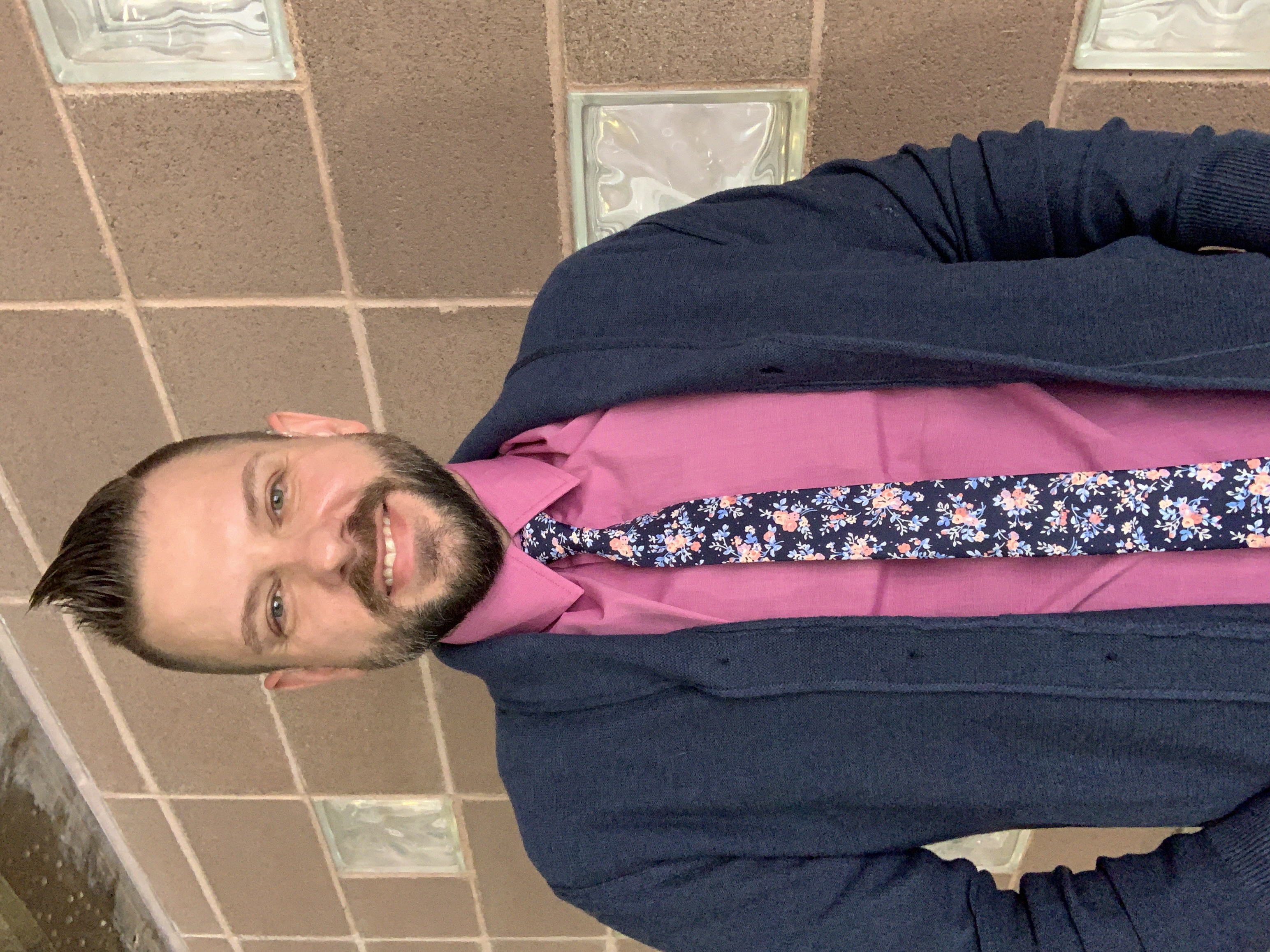Tips & Resources: Deaf Culture & Etiquette for Hearing Professionals in the Classroom
Category: Article
Jul
09
- Use appropriate, culturally acceptable terminology.
- Deaf or Hard of Hearing (DHH).
- Do not use Hearing impaired, disabled, handicapped, or disorder to describe a DHH student or deafness.
- Keep in mind that Deafness and Deaf Culture is a spectrum.
- Not all DHH students are the same.
- Each should be treated individually.
- Engage with your DHH student to find out what they prefer as far as identity markers, their sign name, attention getting strategies, and how they prefer to work with you.
- Always subscribe to the cultural perspective of Deafness, not the pathological perspective.
- Deaf people are linguistically and culturally rich. They CAN do anything except hear.
- They do not need to be fixed.
- Ensure all classroom content is accessible. Do not rely on the ASL interpreter to make everything accessible.
- Learn ASL!
- Remember, Deaf students need teachers, not helpers. So, teach them and hold them to the same standards as you would any hearing student, just be sure to provide accommodations.
Resources for you
ASL Connect: https://www.gallaudet.edu/asl-connect/
The ASL App: https://theaslapp.com
ASL University: https://www.lifeprint.com
Resource List: https://asl.mit.edu/online-resources-asl
VL2 Storybook: https://vl2storybookapps.com/research
ASL Nook: https://aslnook.com

Share this post:
